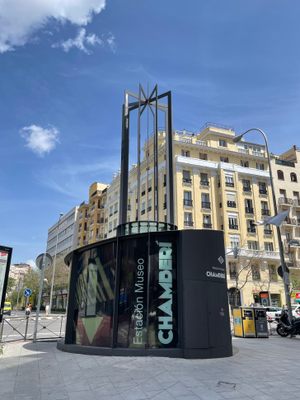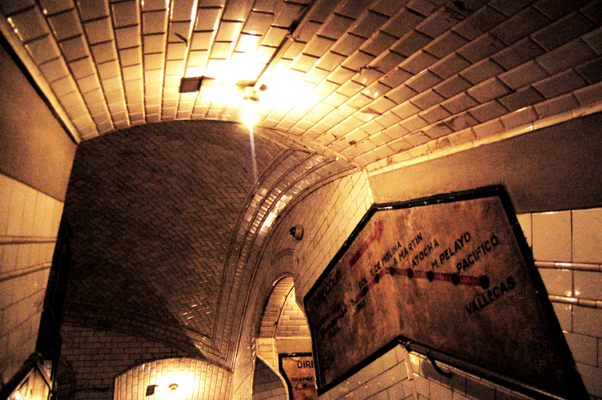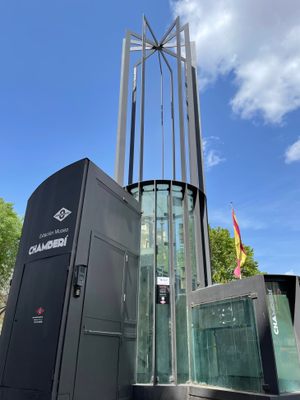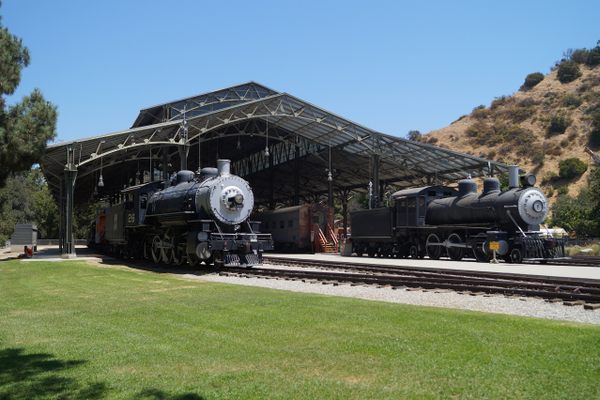About
Travelers on the Madrid Metro's line 1 (the "blue" line) have probably noticed an old station flashing through the train car's windows for a few seconds between the Bilbao and Iglesia stops. This is the now-disused Estación de Chamberí, and its history provides an instructive glimpse at the history of the Madrid Metro itself.
One of eight stations on the Metro's first line, the Chamberí station linked the nascent system to the Plaza de Chamberí above. Opened in 1919, this inaugural version of the Metro ran for four kilometers, from Cuarto Caminos to Puerta del Sol. However, this modest start would quickly become a popular and vital part of the urban landscape, expanding rapidly over the following decades to become one of the longest and most comprehensive metro systems in the world.
During the turbulent years of the Spanish Civil War, the station provided shelter from the deadly bombing campaigns and artillery assaults of the Nationalist forces (and their Nazi allies) to terrified and shell-shocked Madrileños who would sleep within the station. Several diesel engines in the station were also used by the Republican government to power huge parts of the city during the war.
As part of its progressive expansion, the trains on line 1 were lengthened in the 1960s. This meant the end for Chamberí. Because it was built on a curve and close to both Bilbao and Iglesia, lengthening the station's platform proved both pointless and basically impossible. Chamberí was closed on May 22, 1966. The rails, however, were not moved, nor the trains rerouted, so it served for decades thereafter as the mystery station glimpsed by passengers on trains merely passing through.
The rails and overhead electric lines continued to be maintained, but the rest of the station fell into dilapidation and disrepair. It remained, however, a sealed example of the transit systems origins, and thus rehabilitation efforts began in 2006 to transform Estación de Chamberí into a museum chronicling the history of the Madrid Metro. Opened in 2008, the museum, called Andén 0, or "Platform Zero," features a fully restored Chamberí, complete with old ticket offices, turnstiles, maps, and a film about the building of the Metro.
The main attraction, however, is found in the beautifully reconstructed original ads lining the walls of the platform, composed of tiny, brilliantly-colored tiles just as they were in 1919. Just don't be startled by the trains that still rumble through this abandoned-station-turned-museum, separated from the exhibit area only by a clear glass barrier.
Related Tags
Know Before You Go
Located on the Plaza de Chamberí, a short walk from either the Bilbao or Iglesia stop on the Metro's line 1. The visit is free, but make sure to book a ticket online at the homepage.
Community Contributors
Added By
Published
May 26, 2016


















































































